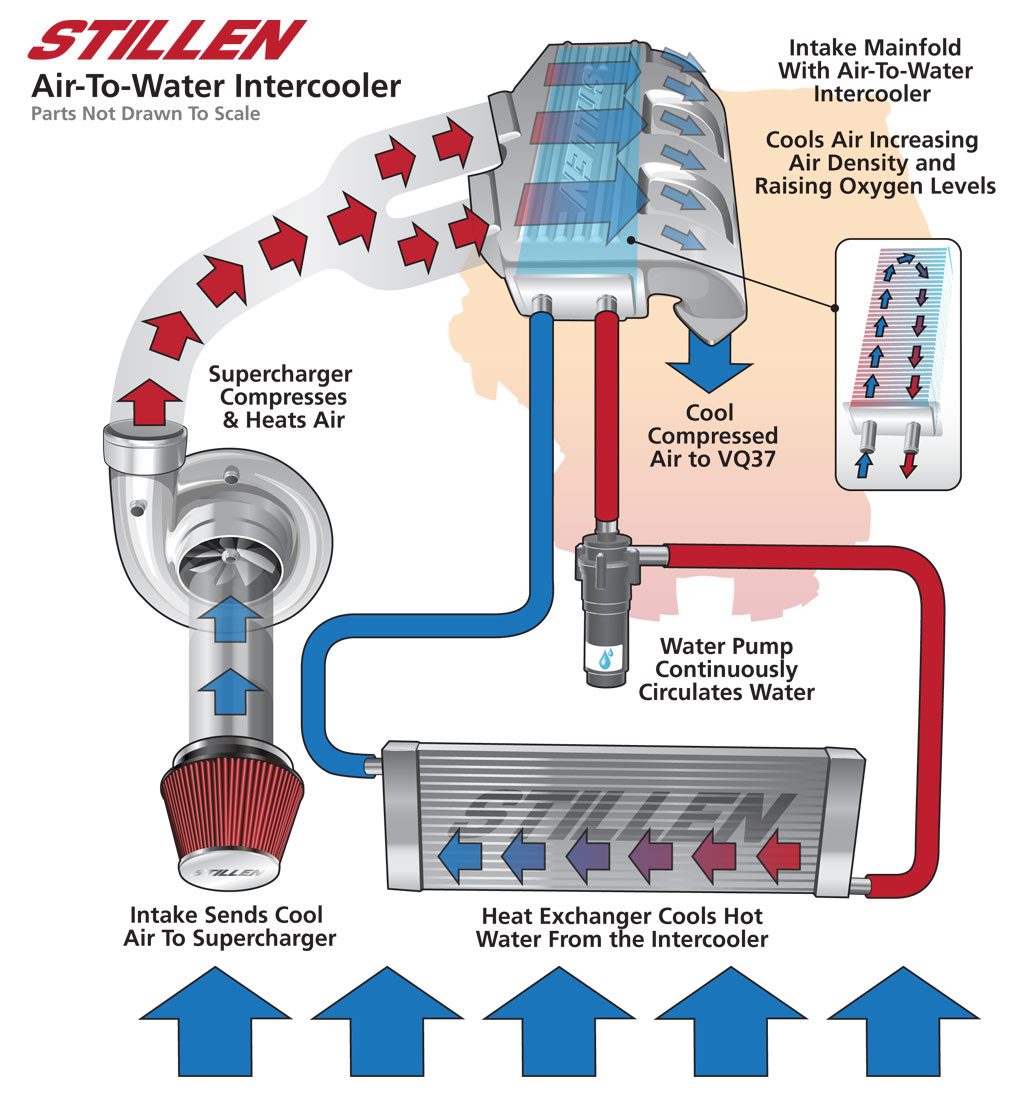Onko Mersun turbon rakenteesta löytynyt mitään uutta?
Nyt BBC:n Andrew Benson väittää, että Ferrarilla on "melkein vastaava" ratkaisu.
Mercedes engine keeping Lewis Hamilton ahead of his rivals
The agony of Ferrari
Ferrari had the same idea as Mercedes, and their compressor is also detached from the turbine.
But the Italian team did not go as far as Mercedes in pursuing the concept. Their compressor is only about a third of the way or so across the 'v' of the engine from the turbine, rather than on the other side.
Perhaps Ferrari were worried about being able to control the vibrations in the shaft connecting the turbine and compressor if it was as long as the engine. Given this shaft spins at 120,000rpm, that is certainly a huge challenge, and one that Mercedes have met.
Whatever the reason, Ferrari's engine department have the agony of knowing that they, too, hit on the idea that has emerged as the key performance differentiator in F1 in 2014, but did not pursue it as far as they could have done.
Tiedä sitten mistä kaveri on tietonsa onkinut. Melkein tuon selvittämiseksi pitäisi nähdä paljas moottori, josta on airboxit jne. poistettu...
Jotenkin mua epäilyttää moinen lohkojen välissä sijaitseva kompressori. Eikö se nostaisi painopistettä melkoisesti, kun turbon akseli ei voi olla lohkojen välissä mahdollisimman alhaalla? Noi turbot on kuitenkin aika isoja ymmärtääkseni...
Mitä tulee koko jupakkaan muutenkaan, niin en ole vieläkään onnistunut sisäistämään kaikkia väitettyjä etuja Mersun väitetystä ratkaisusta.
Seuraavat lainaukset mainitusta linkistä.
The inlet air temperature is cooler, which means the team can use smaller intercoolers, reducing weight and taking up less space.
"Inlet air"? Miksi sisääntuleva ilma olisi yhtään viileämpää kuin perinteisessä ratkaisussa?
Ja tuo välijäähdyttimien kokokin hiukan arveluttaa. Eikö turbossa se suurin ahtoilman lämpiäminen tule juuri siitä itse ilman kompressiosta eikä niinkään turbon komponenttien lämpötilasta?
The airflow has much less distance to travel from the intake, through the compressor and intercooler into the cylinders. This reduces the pressure loss at the compressor, which increases power.
Kompressorin jälkeen onko tuolla niin paljon eroa? Putki jäähdyttimelle ja sieltä moottorille sielä on kuitenkin. Ok, ensinmainittu putki voi olla melkein moottorin pituuden verran lyhyempi, ehkä. Onko sillä sitten kuinka suuri vaikutus? Järjestelmässä on HERSin takia kuitenkin aina tarvittaessa paineistettua ilmaa.
The design reduces dramatically the amount of piping required for the engine, giving a significant advantage both in total mass and weight distribution in the car.
Kts. edellinen ja jos näin, niin tämän ymmärtää.
It also inherently reduces lag in the turbo to almost nothing, so less power is required from the motor-generator unit attached to the turbo to spool it up before the drivers go on the throttle, so more of that power can be used directly at the rear wheels.
Tätä en nyt taas ymmärrä. Miten mikään ratkaisu vähentää turbon viivettä, varsinkaan samaan aikaan HERSsiä säästäen? Turbon viivehän tulee siitä, että koska pakokaasut saa turbiinin pyörimään riittävän suurella nopeudella. Ei kompressorin sijainnin siihen luulisi vaikuttavan tuon taivaallista.
The reduction in the ancillaries - reduced intercooler size and less piping - means the bodywork can be more tightly reined in, giving better aerodynamics.
Liittyy edellisiin ja on ymmärrettävissä, jos asia putkien jne. osalta kuten väitetään.
The layout also means the gearbox can be moved forward, which gives better weight distribution and centralises the mass of the car, allowing a more effective change of direction and use of the front tyres, which helps with braking and therefore energy harvesting.
Tämäkin on jossain määrin ymmärrettävissä kyllä.
Tämmöistä pohdintaa...






